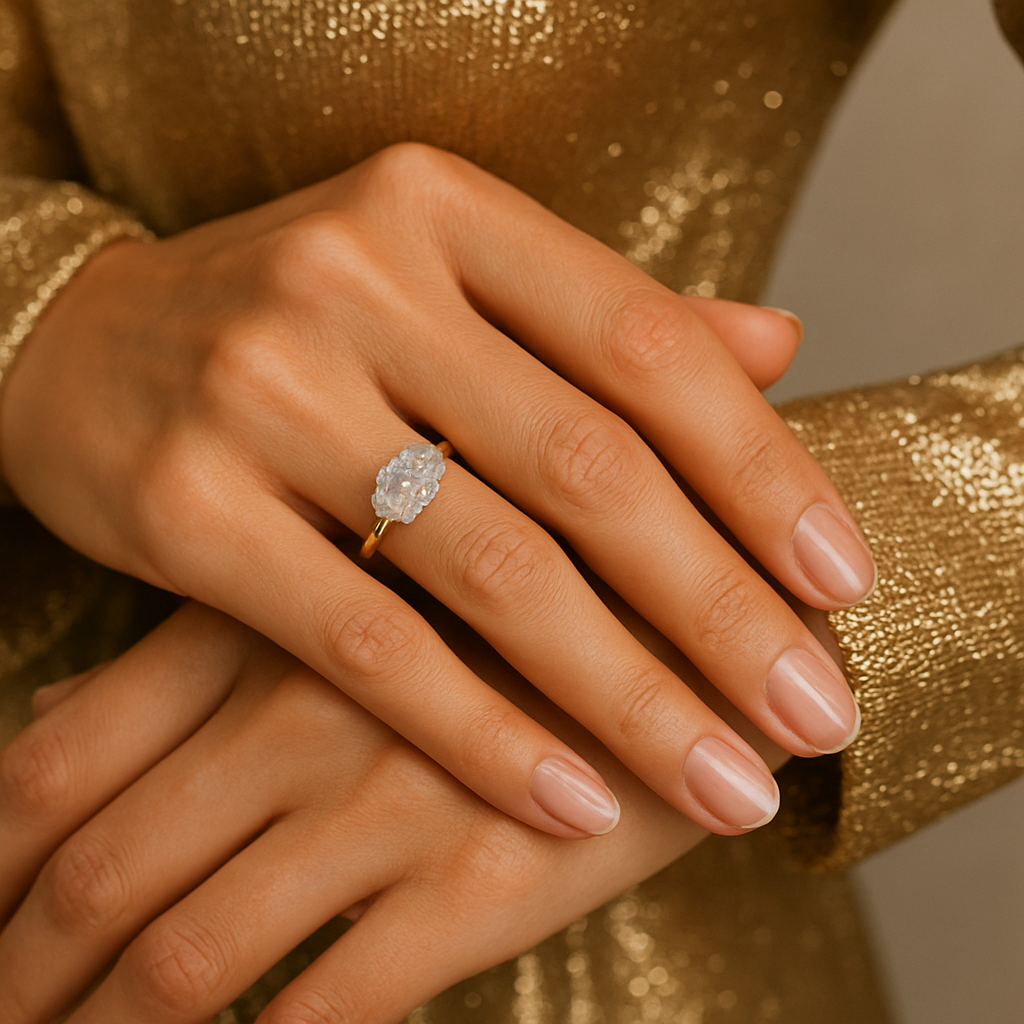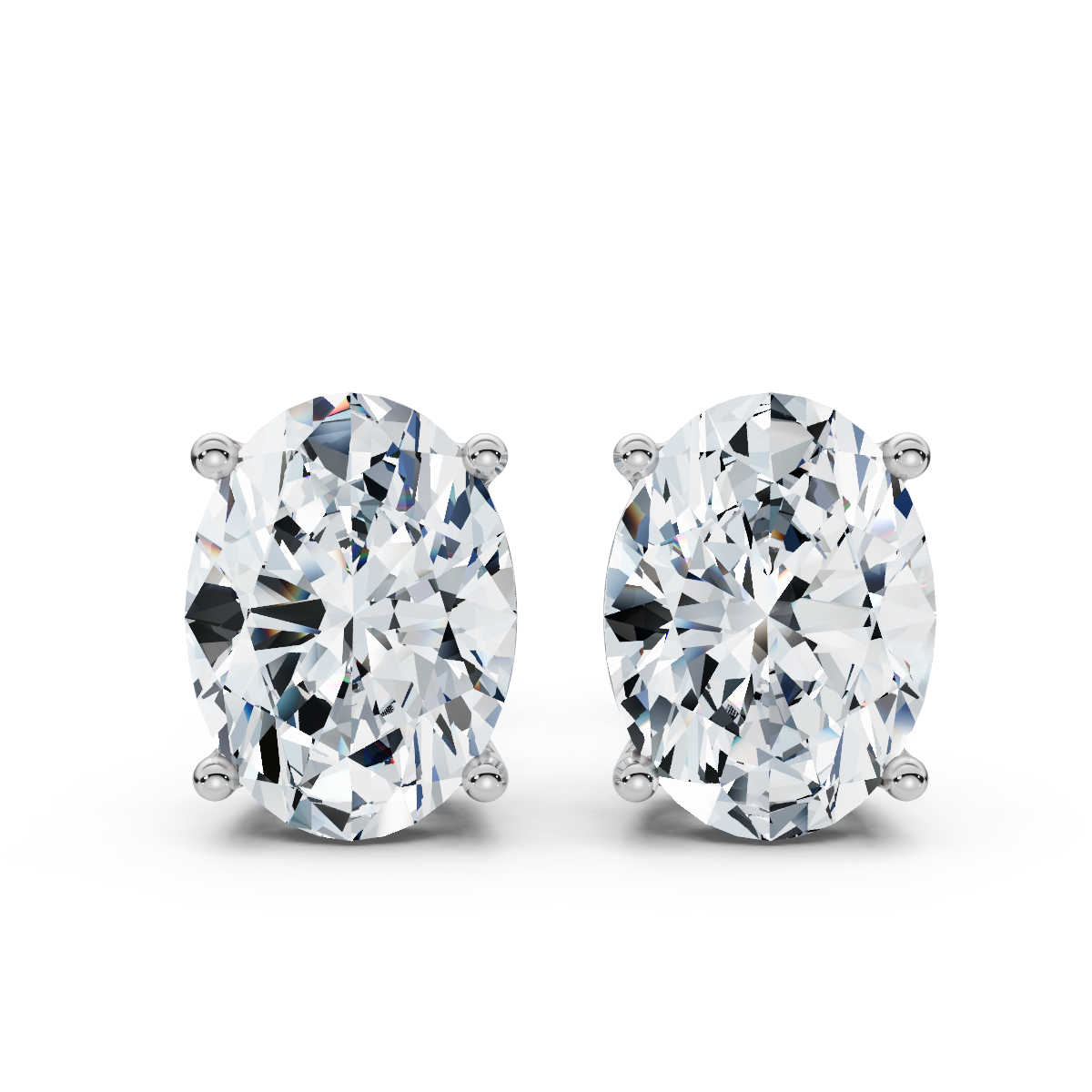How Are Lab-Grown Diamonds Made?
Introduction
Lab-grown diamonds are quickly becoming one of the most searched-for alternatives to natural diamonds. Couples, investors, and jewelry lovers alike are asking: How are lab-grown diamonds made? The answer lies in advanced technology that recreates the conditions deep within the Earth—delivering real diamonds that are chemically, physically, and optically identical to mined diamonds.
In this guide, we’ll break down the process of making lab-grown diamonds, the science behind them, and why they’re changing the jewelry industry.
What Are Lab-Grown Diamonds?
A lab-grown diamond is a real diamond created in a controlled environment using cutting-edge technology. Unlike diamond simulants such as cubic zirconia or moissanite, lab-created diamonds are composed of pure carbon in the same crystal structure as natural diamonds.
The only difference? Their origin. Instead of forming over billions of years underground, they are grown in laboratories in just a matter of weeks.
How Lab-Grown Diamonds Are Made
There are two primary methods used to create lab-grown diamonds:
1. HPHT (High Pressure, High Temperature)
The HPHT process simulates the natural conditions in which diamonds form beneath the Earth’s crust.
-
A diamond seed (a tiny piece of diamond) is placed inside a growth chamber.
-
Extreme pressure (around 1.5 million psi) and temperature (over 1,300°C) are applied.
-
Carbon dissolves and begins crystallizing around the seed, forming a larger diamond.
-
Over days or weeks, the diamond grows until it’s ready to be cut and polished.
This method has been used for decades and remains common in both industrial and gem-quality diamonds.
2. CVD (Chemical Vapor Deposition)
CVD is a newer and more widely used process for jewelry-grade diamonds today.
-
A diamond seed is placed inside a plasma reactor chamber.
-
A gas mixture (usually methane and hydrogen) is introduced and heated.
-
The gases break down, releasing carbon atoms.
-
These carbon atoms deposit onto the diamond seed, growing it layer by layer.
CVD allows for more control over purity and often results in diamonds with fewer inclusions and better color. Many CVD-grown diamonds undergo additional HPHT treatment afterward to enhance clarity and whiteness.
Post-Growth Treatments and Grading
Once grown, lab diamonds may undergo treatments such as:
-
HPHT annealing to improve color.
-
Irradiation or heat treatments to create fancy colors like blue, pink, or green.
Like natural diamonds, lab-grown diamonds are graded using the 4 Cs: Cut, Color, Clarity, and Carat weight. Major gem labs laser-inscribe “lab-grown” onto the girdle of each diamond for transparency and certification.
Benefits of Lab-Grown Diamonds
Lab-created diamonds offer multiple advantages over mined stones:
-
Affordable luxury: Often 30–40% less expensive than natural diamonds.
-
Ethically sourced: Free from concerns about conflict diamonds.
-
Eco-conscious choice: Less disruptive to the Earth compared to large-scale mining.
-
Variety of options: Available in both classic colorless and rare fancy colors.
Common Questions About Lab-Grown Diamonds
Are lab-grown diamonds real?
Yes. They are real diamonds with the same chemical composition as mined diamonds.
How long does it take to make a lab diamond?
Depending on size and quality, growth takes between 2–6 weeks.
Can jewelers tell the difference?
Only with specialized equipment—lab-grown diamonds look identical to mined diamonds.
Conclusion
The process of making lab-grown diamonds is a fascinating fusion of science and craftsmanship. Using HPHT and CVD technology, scientists replicate the natural diamond-growing process in a matter of weeks, producing stunning diamonds that rival their mined counterparts.
As awareness grows, lab-created diamonds are becoming a top choice for engagement rings and fine jewelry—offering brilliance, beauty, and value without compromise.
👉 Want to see exquisite lab-grown diamonds crafted into timeless jewelry? Visit The Art of Jewels for collections designed to inspire.




